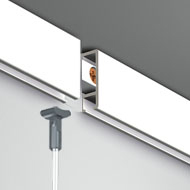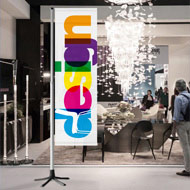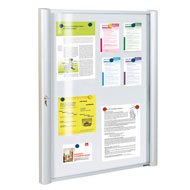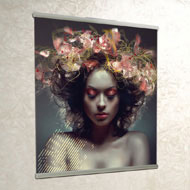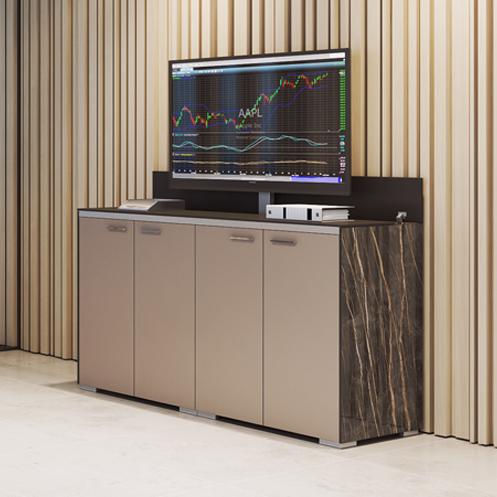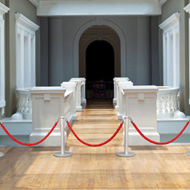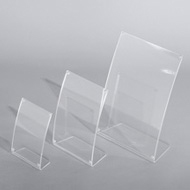Acrylglas - Eigenschaften und Arten
Montag, 15. Juni 2020
 Acrylglas (Fachbegriff: PMMA) ist ein glasähnlicher Kunststoff, der durch eine hohe Transparenz, eine schöne Optik und ausgezeichnete Bearbeitungsmöglichkeiten überzeugt.
Acrylglas (Fachbegriff: PMMA) ist ein glasähnlicher Kunststoff, der durch eine hohe Transparenz, eine schöne Optik und ausgezeichnete Bearbeitungsmöglichkeiten überzeugt. Egal unter welchem Handelsnamen dieses Kunstglas angeboten wird, Sie haben in der Regel die Wahl zwischen den Sorten GS und XT.
Gegossenes Acrylglas (GS): Das verflüssigte Material wird in eine Form gegossen.
Extrudiertes Acrylglas (XT): Das dickflüssige Material wird durch eine Düse gepresst, die es in die gewünschte Form bringt, alternativ geschieht die Formgebung durch Walzen.
Gegenüberstellung der Acrylglas-Eigenschaften
| Acrylglas GS | Acrylglas XT | |
| Oberflächenqualität | etwas besser | - |
| Beständigkeit (Alter/Witterung) | etwa gleich | etwa gleich |
| Festigkeit | etwas größer | - |
| Optische Eigenschaften | etwas besser | - |
| Stärketoleranz | Toleranz +/- (0,4 +0,1 x Stärke). Beispiel: Stärke 4 mm, es sind Stärken von 3,2 bis 4,8 mm möglich. | Toleranz: +/- 5% (ab Plattenstärke von 3 mm). Beispiel: Stärke 4 mm, es sind Stärken von 3,8 bis 4,2 mm möglich. |
| Verarbeitung | Teinfacher | neigt zum Schmelzen |
| Spannungsrisse | - | möglich |
| Preis | - | günstiger |
Hinweise zu optischen Eigenschaften
Acrylglas kann man mit verschiedenen optischen Eigenschaften beziehen:Transparent
Sie erhalten glasklares farbloses Acrylglas, das an Fensterglas erinnert.
Halbtransparent
Es ist oft auch die Rede von opal oder opak. Das halbtransparente Acrylglas bzw. Milchglas ist lichtdurchlässig (meist weniger als 70 %) und streut das Licht. Es sind unscharfe Konturen durch das Glas zu erkennen.Ursprünglich entstand der Effekt, indem Oberflächen einseitig oder beidseitig durch Sandstrahlen aufgeraut wurde. Aktuell kann das Milchglas auch glänzende Oberfläche haben. Trotzdem wird oft der Begriff satiniert als Synonym für halbtransparent verwendet.













